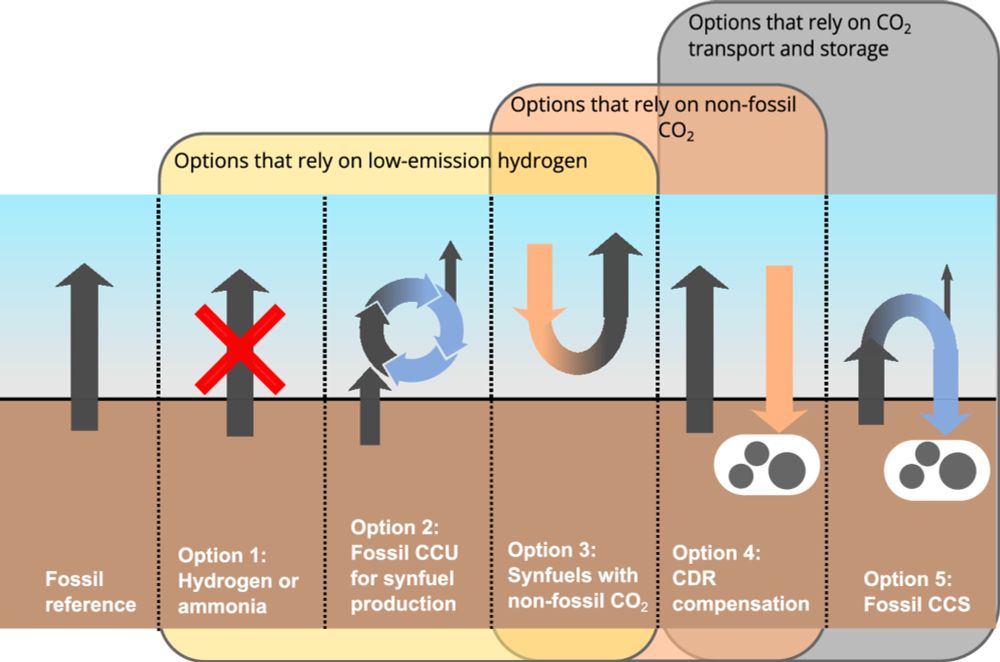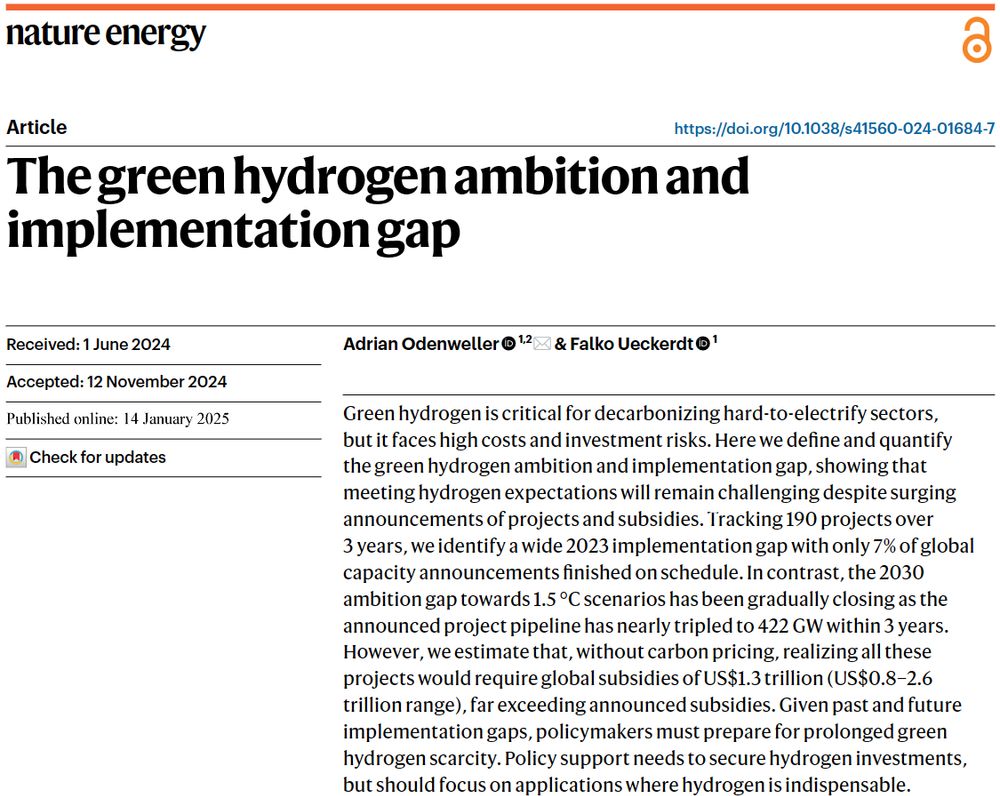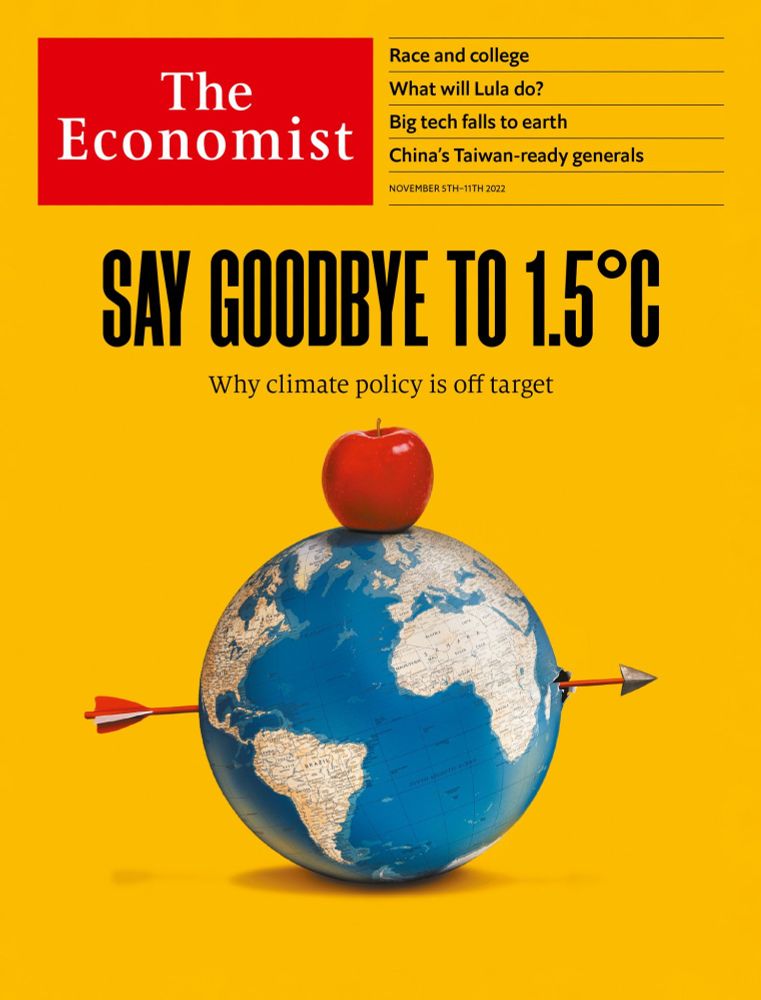Clara Bachorz
@clarabachorz.bsky.social
640 followers
130 following
10 posts
Energy systems modeling PhD student @ Potsdam Institute for Climate Impact Research | Hydrogen, e-fuels, industry
Posts
Media
Videos
Starter Packs
Clara Bachorz
@clarabachorz.bsky.social
· Apr 29
Clara Bachorz
@clarabachorz.bsky.social
· Apr 29
Clara Bachorz
@clarabachorz.bsky.social
· Apr 29
Clara Bachorz
@clarabachorz.bsky.social
· Apr 29
Clara Bachorz
@clarabachorz.bsky.social
· Apr 29

Exploring techno-economic landscapes of abatement options for hard-to-electrify sectors
Nature Communications - Abatement options for hard-to-electrify sectors (e.g., steel, aviation) face uncertainty in future costs and feasibility. This techno-economic analysis shows that despite...
rdcu.be
Reposted by Clara Bachorz
Reposted by Clara Bachorz
Clara Bachorz
@clarabachorz.bsky.social
· Dec 11







